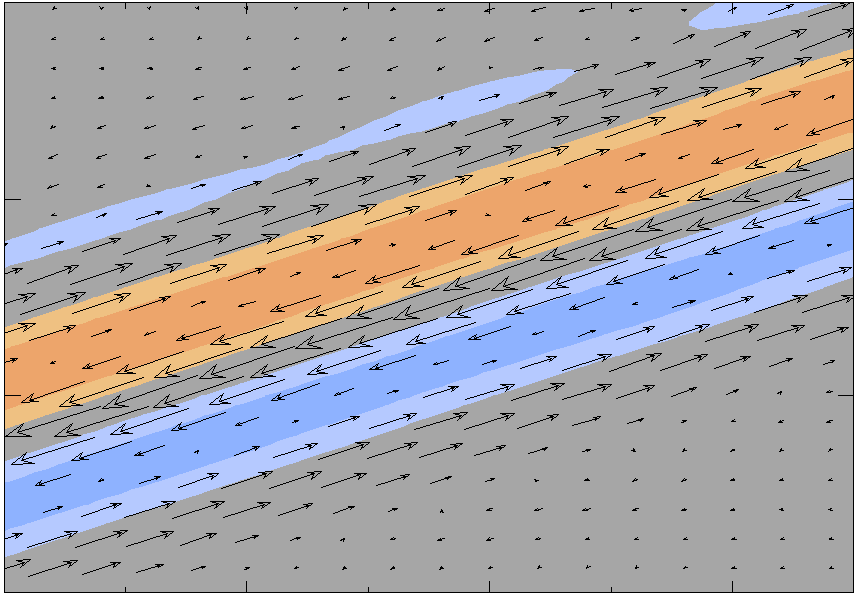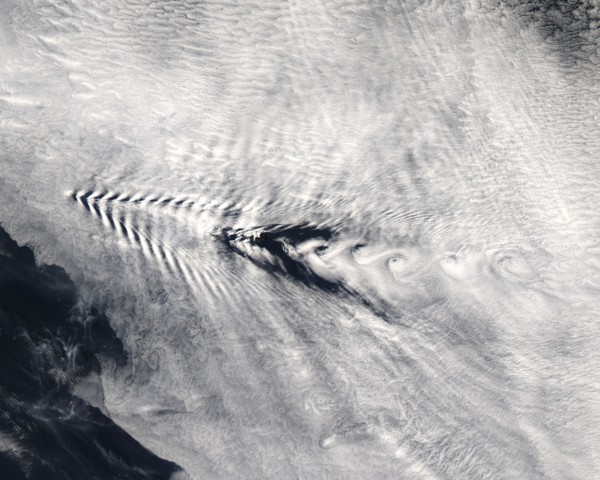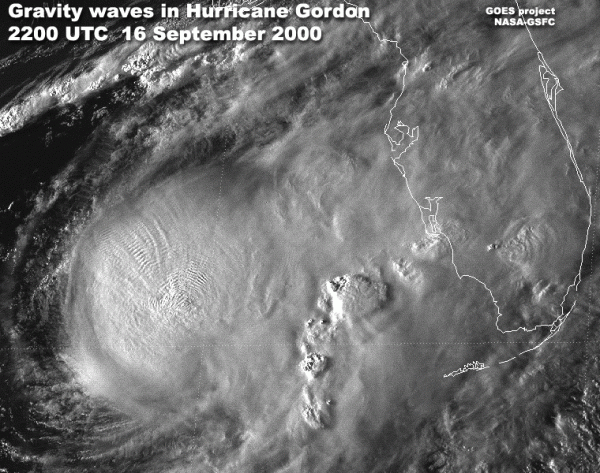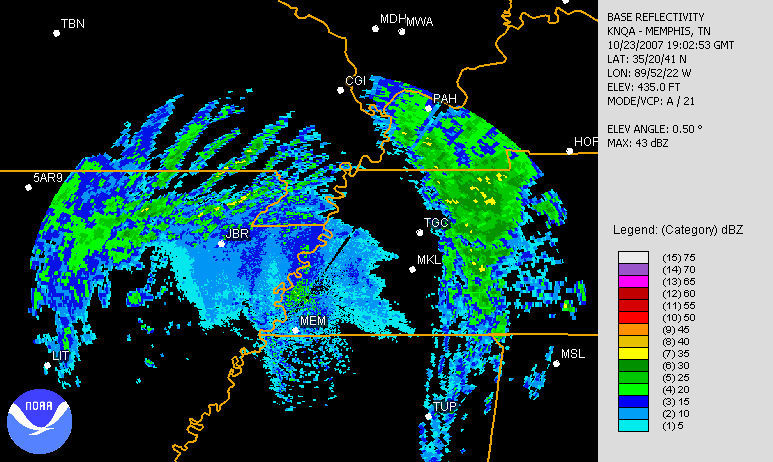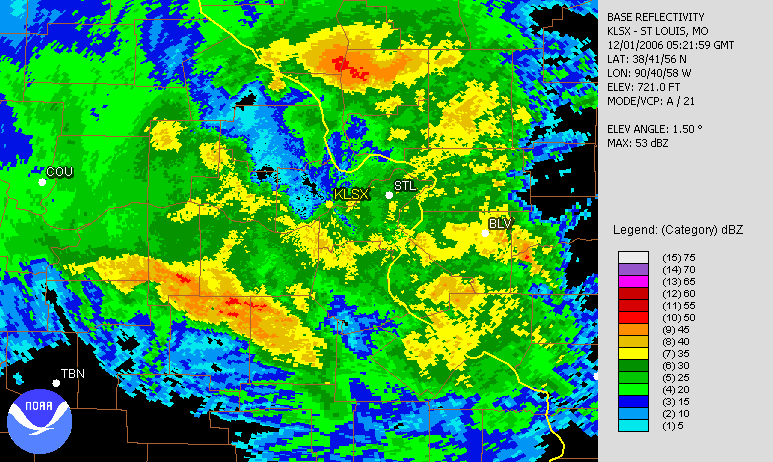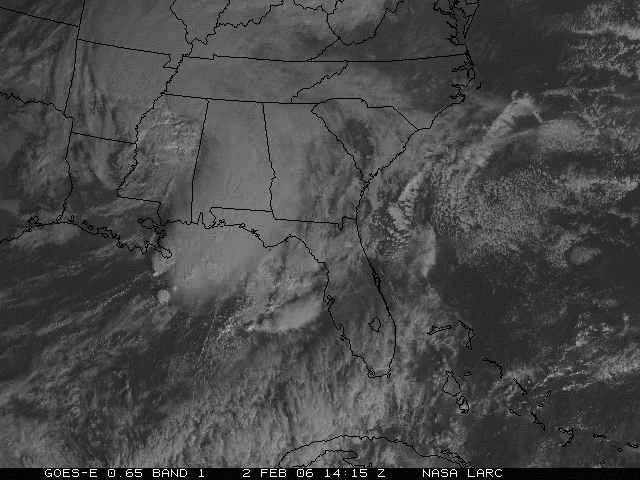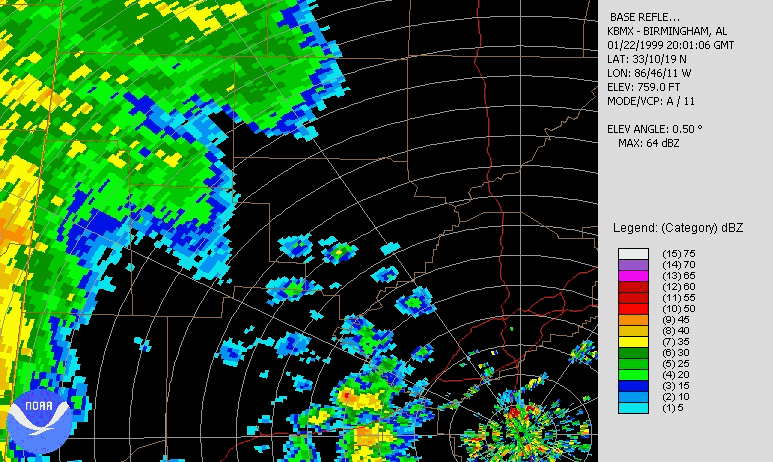Gravity waves – Part 4
This is the second in a series of blog posts explaining what atmospheric gravity waves are, a question I get frequently. The first blog is here, and the two since then have been more wave-related stories than anything else. But, reviewing Part 1 will help this blog to make more sense.
When the atmosphere is stable, a parcel of air displaced upward will be cooler (and more dense) than its environment, and tend to sink. A parcel displaced downward will be warmer (and less dense) than its environment, and will tend to rise. However, a parcel displaced will gain some velocity on the way toward its equilibrium, and tend to overshoot its equilbrium position. This sets up simple harmonic motion, like that on a spring, and the frequency is called the Brunt-Vaisala freqeucy, and is proportional to stability. Imagine an object swinging on the end of a pendulum, like a grandfather clock.
When a stable atmosphere is disturbed from equilibrium, with some component of disturbance being vertical, simple harmonic motion results. The atmosphere’s natural response is gravity waves, which propagate the harmonic motion away from the point it originated.
Above is an animation (courtesy Dale Durran) of internal gravity waves in the atmosphere, looking at them from the side. Note the air parcels oscillate along the lines of propagation, but the wave itself moves down and to the right. The arrows represent air motion, and the colors represent warm (red) or cold (blue), which also implies positive (negative) buoyancy.
Before getting into gravity waves that are ducted near the ground, it should be pointed out that the upward motion in a wave can cause cooling to the dew point, creating clouds and sometimes precipitation. Several cases of gravity waves are shown below.
1. Mountain-induced waves, in lee of Adirondack Mountains (NASA).
2. Mountain-induced wave clouds downstream of the Corez Islands (notice how waves look similar to boat wake).
3. Gravity waves caused by overshooting tops in thunderstorms
4. Gravity waves radiating out from Hurricane Gordon (NASA)
5. Gravity waves shown as bands of precipitation in radar around upper low near Memphis on Oct. 23, 2007.
6. Gravity wave causing enhancement (in upward motion area), then weakening (in downward motion area), of precipitation in winter storm near St. Louis on 1 December 2006.
7. Downward motion in gravity wave causing sudden decrease in cloud cover over central Alabama around 1530 UTC on Feb 2, 2006.
8. Ducted gravity waves, moving at speeds near 70 mph, shown by reflectivity bands on radar approaching storms to the north. We’ll get back into this later.
I have many more cool animations and pictures to show you. In part 5, we’ll talk about ducted gravity waves and waves that cause wind damage.
Category: Uncategorized

